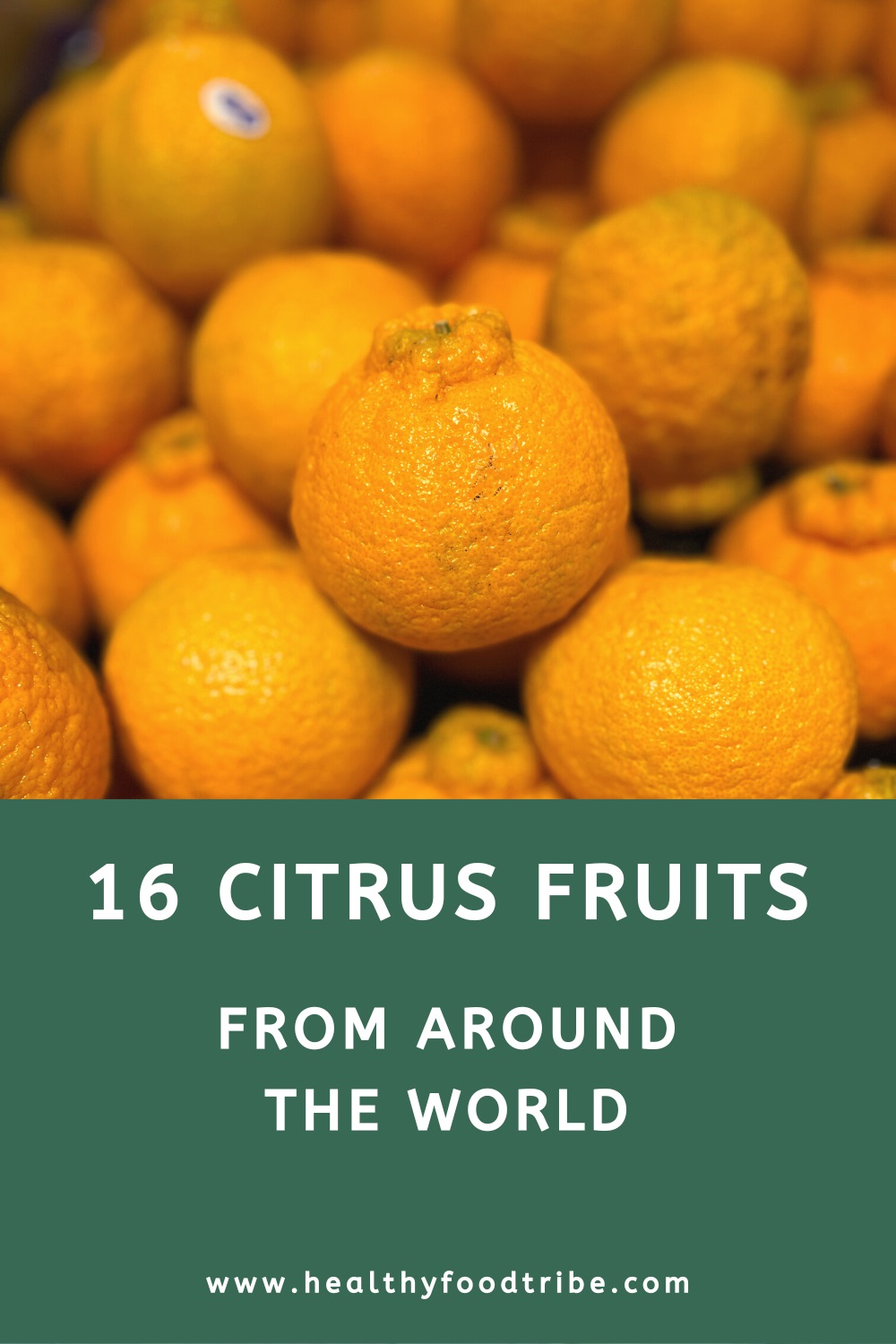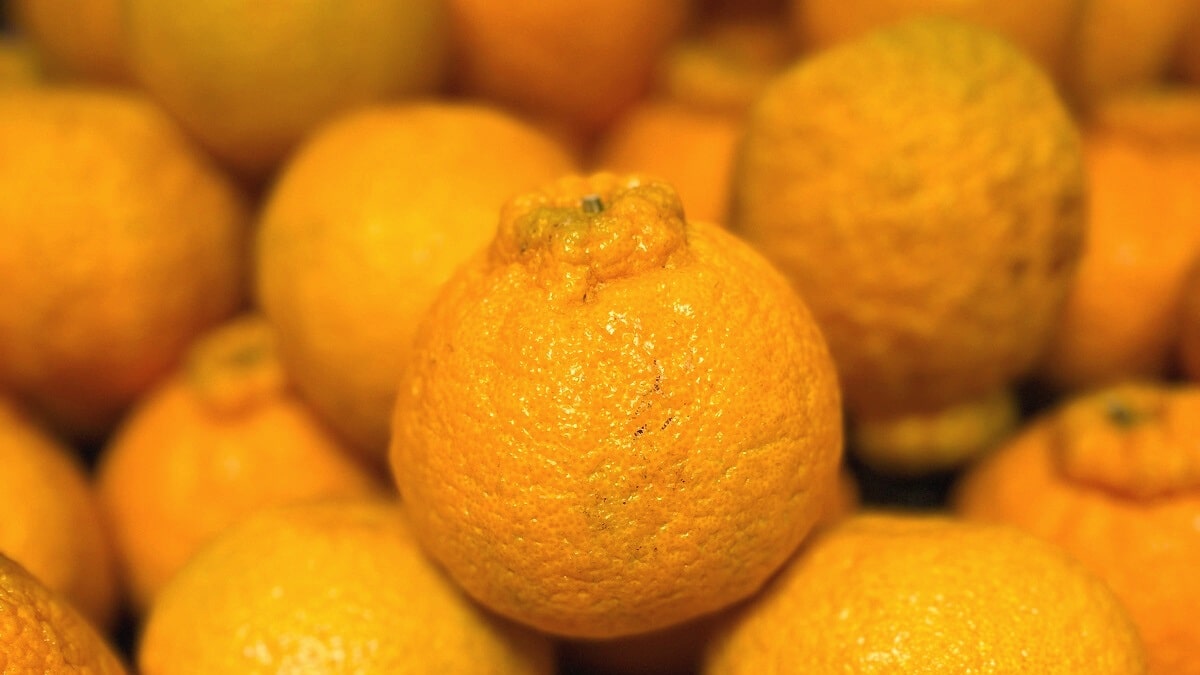Last updated: April 16, 2024
This guide shares 16 of the most interesting and tastiest citrus fruits, each with unique origins, shapes, colors, and flavors.
There’s nothing more refreshing than a sweet, juicy orange or a bright and sour lemon. Like most popular citrus fruits, these are hybrids created from the few natural, purebred citrus that exist. But not all these pulpy hybrids were created by people. Curious to know more?
Let’s take a closer look at sixteen of the most unique citrus fruits to find out how they came to be and why we love them so much.
My favorite citrus fruit? The kumquat!
1. Sweet Orange
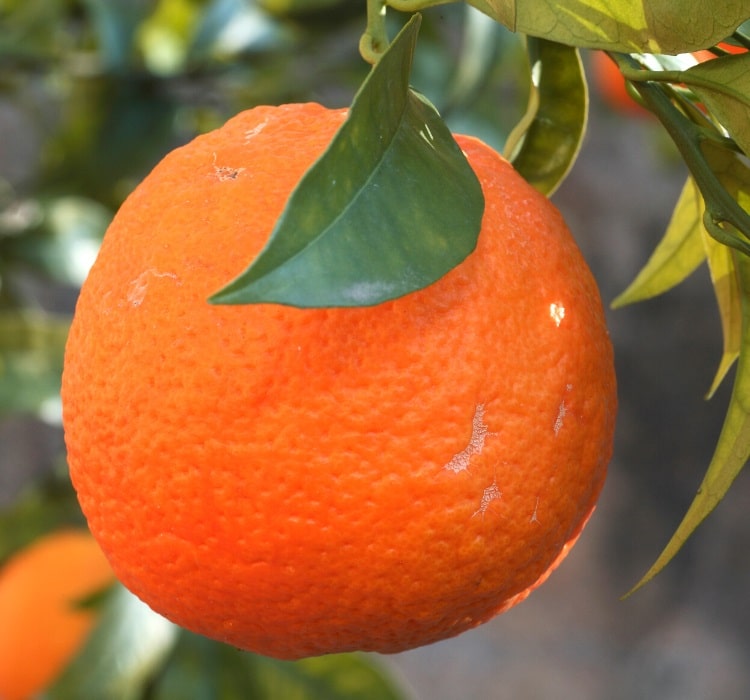
Hands down, the most popular citrus fruit is the orange. These round, bright orange fruits come in a variety of cultivars within the broader category of “sweet orange”.
While there are many different sizes and even different colored pulp within this category, they share one thing in common: they all arose from the hybridization of a pomelo and a mandarin orange tree. The first sweet orange likely came about around 300 BC in China. It is believed the hybridization occurred in a domestic crop of citrus fruits and was cultivated intentionally.
Selective breeding of these original hybrids has given us many popular varieties of orange, including the blood orange, navel orange, and Cara Cara navel. Some of these were attained by recrossing the original hybrids with either the pomelo or mandarin again. Others resulted from specific mandarin-pomelo crosses, each producing trees bearing fruits with differing characteristics.
All sweet oranges have an oily peel, sectioned “carpals” inside, and an aromatic flavor. Varieties that are more pomelo than mandarin tend to have a thick pith that is closely attached to the pulpy sections inside. Mandarin-heavy varieties are easier to peel, less acidic, and tend to be smaller.
2. Lemon
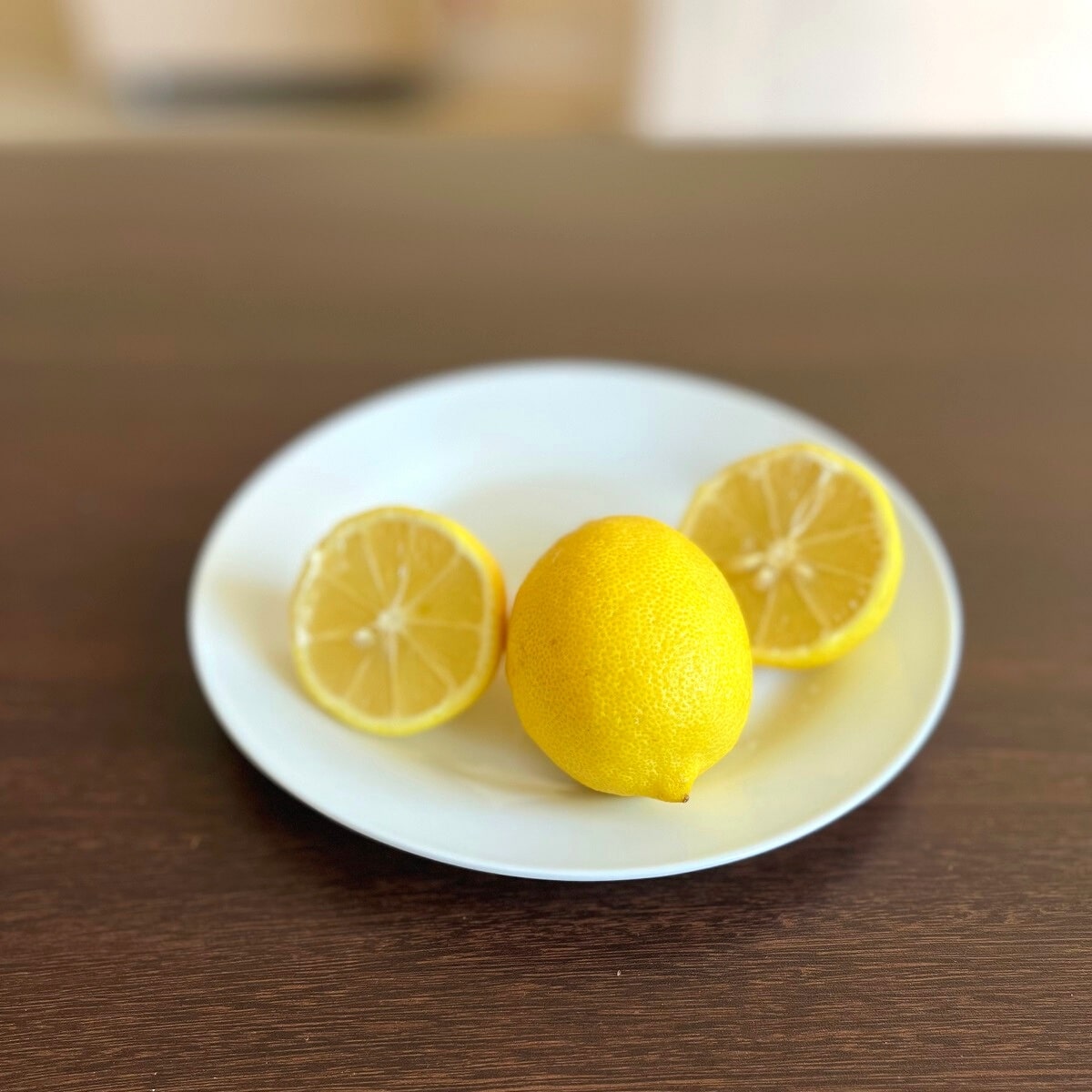
The lemon is another popular citrus fruit that has been around for thousands of years. This sour yellow citrus is believed to be a hybrid between a bitter orange and a citron. They originated in northeast India and arrived in Europe sometime in the second century.
Lemons have a thick rind with attached pulpy carpels below. They are highly acidic with a very distinct sour flavor. In most instances, the pulp is not eaten. Because of that unique flavor, the lemon is one of my favorite yellow fruits.
The rind is used to create fragrant lemon zest, while the juice is used as a flavor enhancer, especially in beverages. The acidic properties of the lemon also make it an effective natural cleaning agent.
3. Persian Lime
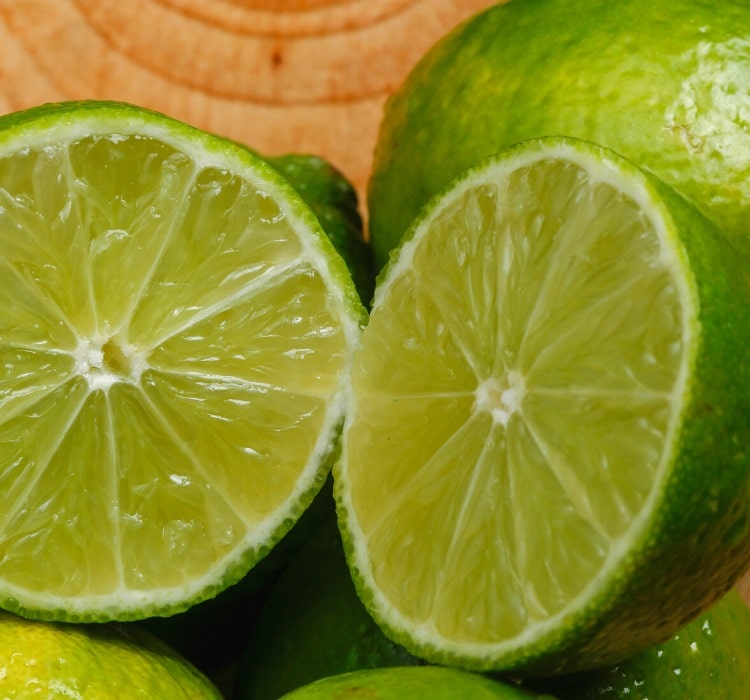
The popular Persian lime is a hybrid that was most likely created by crossing the key lime with the lemon. While both these parent hybrids are yellow when ripe, the Persian lime remains a light green color throughout maturation, only yellowing when it’s past its prime.
The name comes from the fact that these citrus fruits were originally cultivated in large numbers in Persia (now Iran). Today, there are multiple cultivars of Persian limes, including the Tahiti, Bearss, and Page. The Persian Lime is also often referred to as Tahiti lime.
Like the lemon, limes are very sour and used primarily for their juices or zest. The bitter essence of limes makes them less versatile in cooking.
4. Mandarin Orange
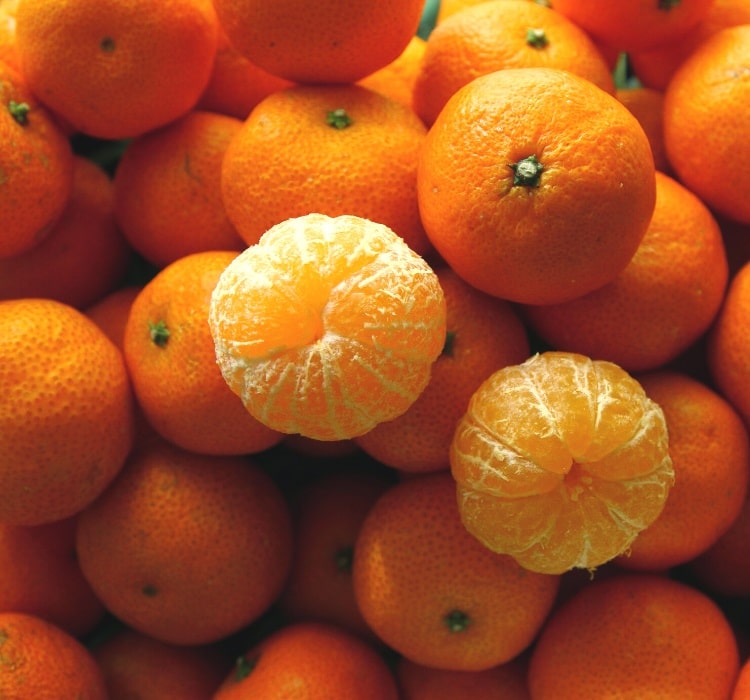
Mandarin oranges have given rise to many of our favorite citrus cultivars and continue to be a popular choice all on their own. They represent one of the few original citrus species, showing no evidence of hybridization in their genes. Like other citruses, this one originated in Asia, most likely in China.
The original wild line is quite bitter. Most “mandarins” that are sold in stores today are actually mandarin-sweet orange crosses. These fruits are deeply sweet with a more concentrated flavor than sweet oranges. They also have a thinner peel that is easy to remove and are typically about the size of a racquetball.
One of the most common commercial varieties of mandarins is the Cutie. These bags of sweet citrus contain one of two mandarin varieties, depending on the season. In the winter, you’ll get clementines, and in the summer, you’ll get Murcotts. Both are mandarin-sweet orange hybrids.
5. Tangerine

Tangerines are the specific name bestowed on mandarin-pomelo crosses. In many cases, the mandarin parent is not a pure mandarin, but rather a mandarin-sweet orange cross. The pomelo parent can be of the pure ancestral variety or a more common commercial hybrid.
In either case, tangerines tend to be dark orange in color, have thin, glossy skin, and are easy to peel. Some of the most popular varieties are seedless. While they look similar to mandarins, most aren’t as sweet and tend to retain some tartness even when fully ripe.
The first tangerines to be cultivated were in Florida. The stock for the orchard came from Tangier, Morocco, in the early 1800s. For over a century, they were among the most popular American citrus varieties on the market.
These small fruits are easy to peel and section. They are typically used as snacking fruits, added to salads, or used to flavor drinks and dishes.
6. Grapefruit

One of the most distinct citrus fruits is grapefruit. Not only are these much larger than other citrus fruits, but they have a far thicker pith and a distinct bitter-tart flavor. The color of grapefruits varies based on the cultivar. On the outside, they can be pale yellow to pinkish-orange. On the inside, they can be nearly white to ruby red.
Grapefruits arose from an accidental cross between an ancient line of sweet oranges and pomelos. The large size and lighter pink-orange color of the fruit more closely resemble the latter. This may be one reason grapefruits were commonly referred to as pomelos in the past.
This popular citrus came to be in Barbados in the middle of the 18th century. Traders in the West Indies brought pomelo seeds from Asia. These trees naturally crossed with the existing Jamaican sweet orange. How grapefruit got its name is up for debate. It either stems from the bunched fruiting habits of the trees or the similarity between the flavor of grapefruits and sea grapes.
Today, the bitter yet aromatic grapefruit is used in beverages and salads, and eaten raw with sugar.
7. Meyer Lemon
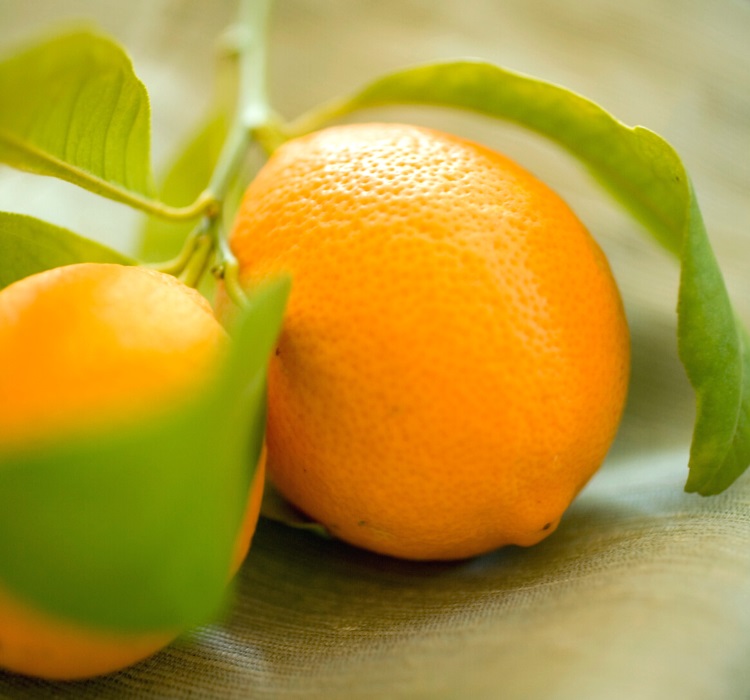
While similar looking to a true lemon, the Meyer lemon comes from a different hybridization. Where true lemons are a cross between a bitter orange and citron, the Meyer is a hybrid between a citron and mandarin-pomelo hybrid. This unique cross gives it a sweeter flavor than true lemons. The Meyer is also rounder than the typical oblong lemon and ripens to a softer yellow.
This lemon variety gets its name from the American naturalist who first brought samples of the tree back from China in the early 20th century. Most likely, the Meyer had been growing naturally in the region for thousands of years.
In the culinary world, the Meyer lemon is used in much the same way as a true lemon. It is often preferred for sweeter dishes, such as desserts or muffins, or those where the lemon flavor is central to the dish, such as in salad dressings and marinades.
8. Pomelo

The pomelo is one of the original, non-hybridized citrus fruits native to Southeast Asia. It is quite large, weighing up to 4 pounds, and has a green rind that ripens to yellow. The pulpy flesh inside varies from white to nearly red and is surrounded by a thick white pith.
Pomelos have a similar flavor to grapefruit but with more floral undertones. The most prized varieties are less bitter and have a milder flavor. In many countries in Southeast Asia, they are eaten raw as a dessert, candied, or juiced.
Like grapefruit, phytochemicals in pomelos are known to interfere with the absorption of many pharmaceuticals. Specifically, these chemicals block the action of certain enzymes in the stomach, allowing some drugs to be absorbed at ten times the normal rate.
The pomelo has served as a parent (or grandparent) species to many of the most popular citrus fruit hybrids, including the sweet orange, bitter orange, grapefruit, and tangelo.
9. Tangelo
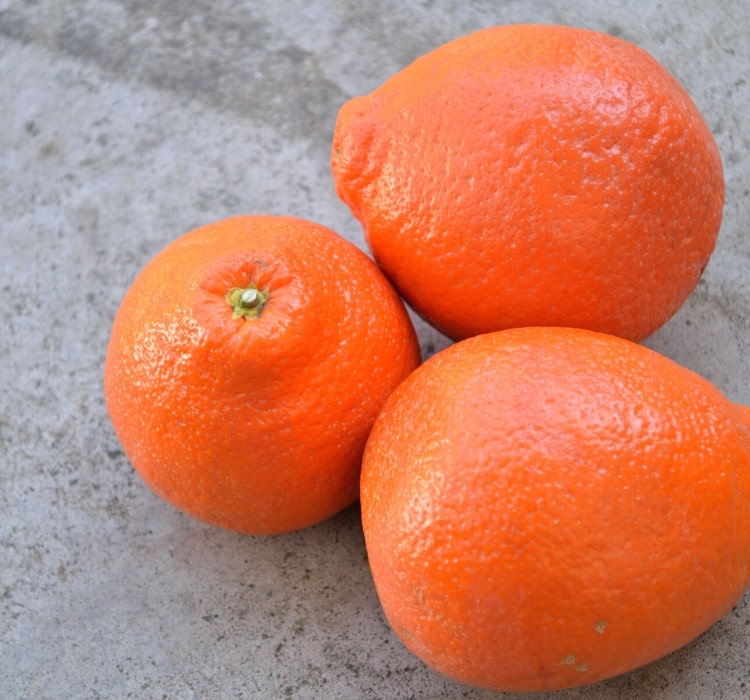
The tangelo, as the name suggests, is usually a hybrid of a pomelo and a tangerine. But crosses between mandarins and grapefruits produce a similar type of fruit. The first tangelo was created in the US in 1911. Since then, multiple cultivars have been created by crossing various tangerine and mandarin varieties with grapefruits or pomelos.
Tangelos are readily identifiable by the large “nipple” on the stem end. Like tangerines, they have a deep orange-colored rind that is easy to peel. They are about the size of a small sweet orange.
Their flavor blends the sweet tartness of the tangerine with the mild, fragrantness of the pomelo. They are most often eaten fresh. While easy to peel, the inside sections aren’t as uniform as other citrus fruits.
10. Kumquat
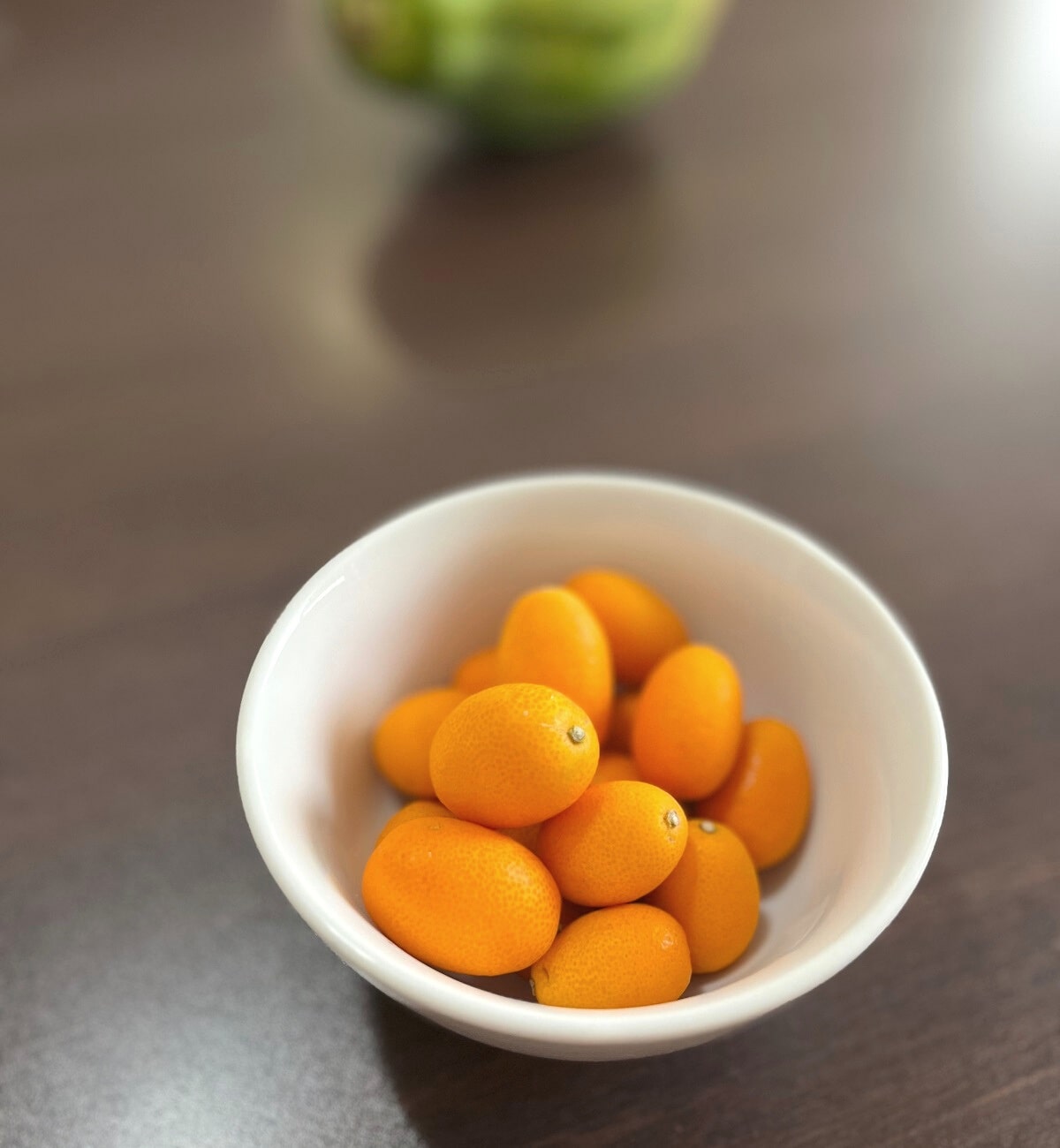
The kumquat is another original citrus line. But this tiny citrus has been used considerably less often in the creation of new citrus strains. Three different natural species of kumquats exist. The first two are pure, while the third is a hybrid of the other two. All are native to China.
Kumquats are about the size and shape of an olive with orange skin, moderate pith, and sectioned pulpy carpals. What sets them apart from other citrus is that the rind is completely edible. In fact, the skin is incredibly sweet, while the pulp inside is very tart.
In addition to eating kumquats whole, they are also commonly sliced and added to salads, candied, or used to decorate desserts. Read more about this fruit in my kumquat guide.
11. Key Lime
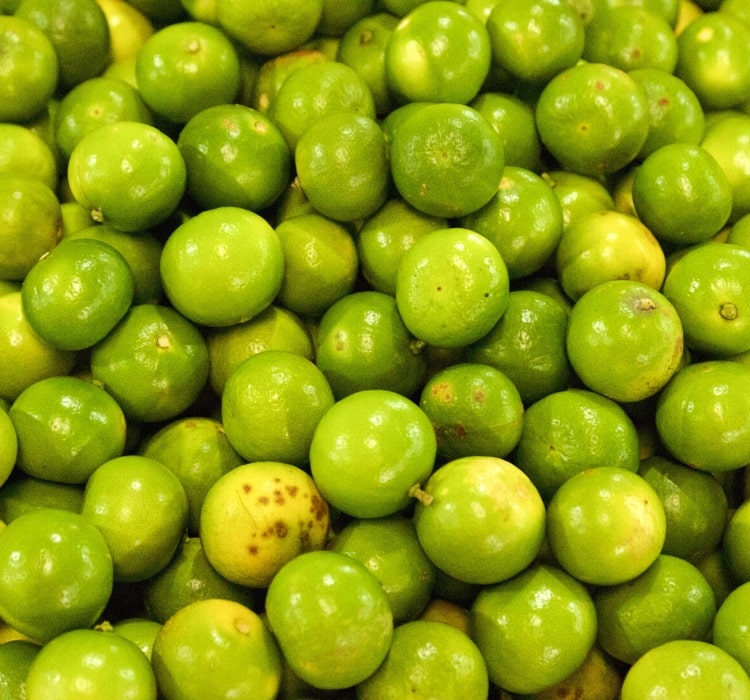
The key lime, which is one of the parents in the Persian lime hybrid, is itself a hybrid between two pure citrus fruits: the citron and the papeda.
The former has very little juice or pulp but contains fragrant, lemony pith. The latter is so bitter, it’s impalpable. These two odd citruses came together to create the juicy, sour, fragrant key lime we know today.
While native to Southeast Asia, these limes get their name from their popularity in the Florida Keys. The trees were originally brought by West Indian traders and grew readily on the islands. But they weren’t prized as cultivars until a freeze destroyed the Florida lemon crop while leaving the limes unphased.
Today, the key lime, also known as the Mexican lime, is prized for its milder, sweeter flavor. Because it is less acidic than the Persian lime, it makes a better tabletop flavor enhancer for many dishes and is especially good for creating sweet desserts like key lime pie.
The key lime was intentionally crossed with the lemon to create a more acidic, tarter option. This led to the creation of the Persian lime, which is the most popular lime sold today.
12. Orangelo
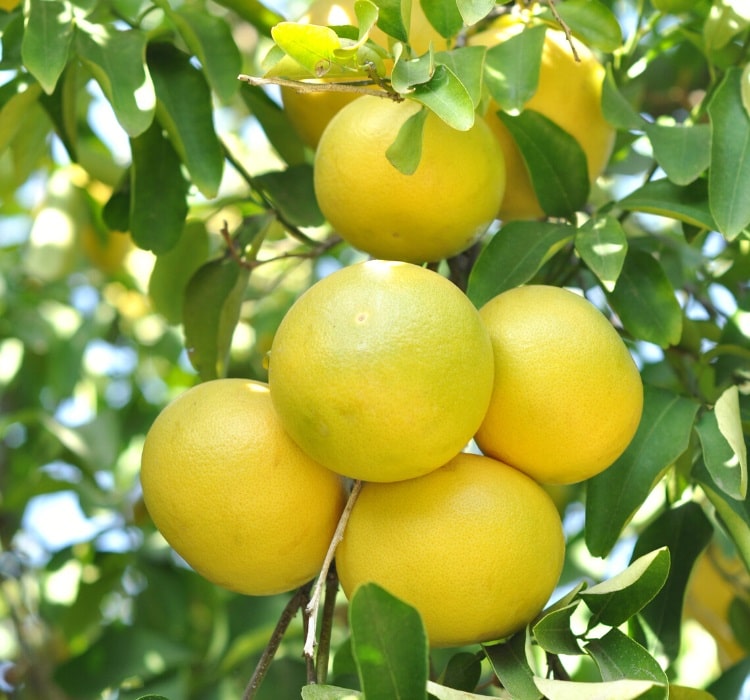
The orangelo first appeared in Puerto Rico on a coffee plantation. Many of these plantations utilize citrus trees to shade the coffee bushes. This practice led to the spontaneous hybridization of sweet orange and grapefruit.
The result was a large, round, yellow-orange fruit with orangish-red flesh. While the orangelo retains the floral aspects of the grapefruit, it is much sweeter and hardly acidic. While these fruits are easier to peel than pomelos, they are still typically eaten by cutting them in half and scooping the pulpy segments out with a spoon.
This fruit is only about 60 years old and is still hard to find commercially. In fact, a quick Google search will tell you that it’s easier to buy an orangelo tree than it is to buy the actual fruit.
13. Bitter Orange
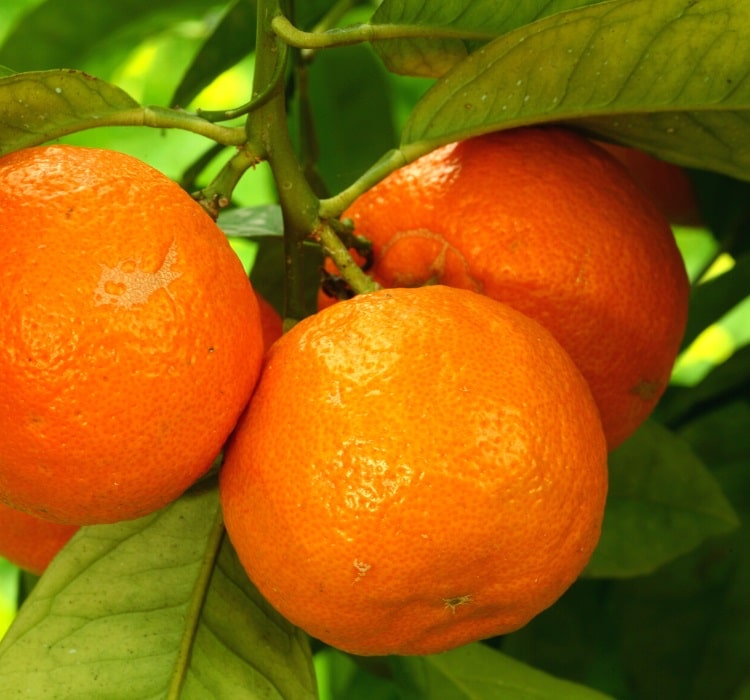
Bitter orange is an ancient hybrid between mandarin and citron. While this same cross gave us the highly palpable sweet orange in later years, this particular hybridization event led to a wrinkly, bitter fruit that cannot be eaten raw.
Where sweet oranges are robust with plump, sweet carpals and few seeds, bitter oranges are small and often shriveled with tart and bitter flesh and an abundance of large seeds. Moreover, bitter oranges contain alkaloids that can cause serious side effects.
Despite its shortcomings, bitter orange was introduced from Asia to various regions across the world. Today, it grows wild in Florida, the Bahamas, and Spain. Bitter orange trees are cultivated for perfumes and essential oils. They are also common additions to jellies, marmalades, and sauces in many cultures since their toxins are neutralized with heat.
14. Citron
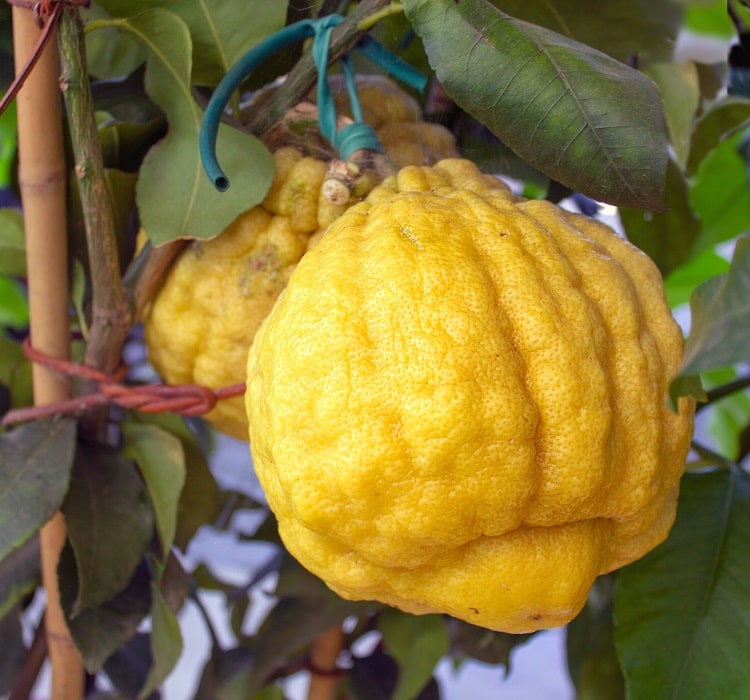
The citron is another pure citrus fruit from which many popular varieties were created. Unlike most of those creations, citron contains hardly any pulp or juice. Instead, it is the thick white pith inside that is consumed. This pith is very fragrant with a flavor like sweet lemon. It can be cooked with syrup, candied, or used to flavor beverages.
Most citron varieties are large and oblong with rough skin, somewhat like a shriveled lemon. One popular cultivar, Buddha’s hand, forms long sections that resemble fingers. These are commonly used in religious ceremonies or placed around the house as decorative air fresheners.
While less common in the West, many of our favorite citrus fruits arose from citron hybrids, including lemons and limes.
15. Sumo Citrus

Depending on where you’re from, the Sumo Citrus is also known as Konfruit (Australia), Dekopon (Japan), Kinsei (Brazil), and Hallabong (Korea).
The Sumo Citrus originates from Japan, where it was first cultivated in the 1970s as a large and sweet mandarin variety named Dekopon. Seedlings were imported into the USA in later years, and are now grown and sold as Sumo citrus fruits.
A Sumo citrus fruit is quite large in size, slightly bigger than an average navel orange. The fruit is oval-shaped with a recognizable protrusion at the stem end, known as a top knot.
The rind is loosely attached to the flesh, making it an easy-to-peel fruit. Underneath the surface, the spongy white pith is very thin and almost non-existent but is edible. The flesh is orange, juicy, seedless, and aromatic, with a mild, tart flavor due to a low-acid content.
16. Kaffir Lime
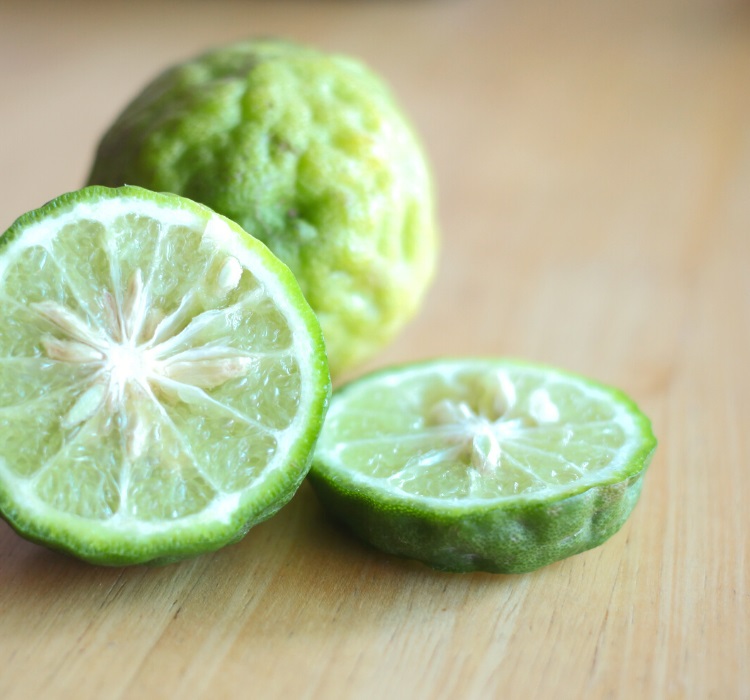
The kaffir lime is a pure citrus fruit native to tropical regions of Southeast Asia. Similar in size and shape to a key lime, the kaffir is readily identifiable by its rough, shriveled appearance. The wrinkly rind is dark green, and the inner flesh is very similar in appearance to a typical lime.
Oddly, it is the leaves of the kaffir lime tree that are most readily utilized in local cuisine. Occasionally, the rind is zested for flavor, and in some places, the entire fruit is candied. It is also used to create essential oils and fragrances.
While there is some evidence that the kaffir lime belongs to the same species of papeda that gave rise to key limes, not enough genomic research has been done to know for sure.
